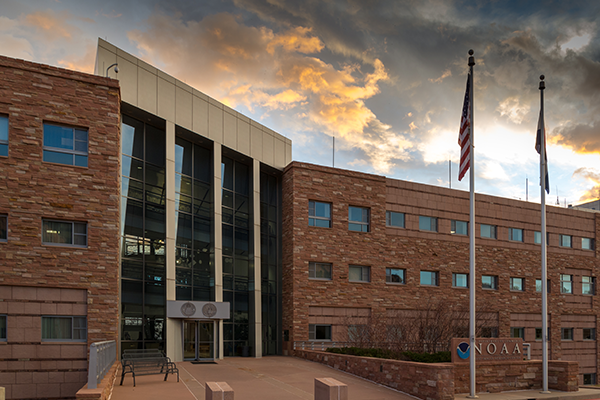
Anthropogenic pollution and cloud properties at the North Slope of Alaska
Max Maahn
Tuesday, Feb 20, 2018, 2:00 pm
DSRC Room 2A-305
Abstract
When acting as cloud condensation nuclei (CCN) or ice nucleating particles (INPs), aerosols have a strong potential to influence cloud properties.
In particular, they can impact the number, size, and phase of cloud particles and potentially cloud lifetime through aerosol indirect and semi-direct effects. In polar regions, these effects are of great importance for the radiation budget due to the shortwave albedo and longwave emissivity of mixed-phase clouds. To investigate the effect of aerosols on cloud properties, observations from two sites are compared: The first site at Utqiaġvik (formerly known as Barrow) generally represents a relatively pristine Arctic environment lacking significant anthropogenic sources, the second site at Oliktok Point, approximately 250 km to the east, is surrounded by the Prudhoe Bay Oil Field, which is the largest oil field in North America. Because both sites are coastal and are highly correlated with respect to large scale synoptic patterns, a comparison of cloud properties can reveal the influence of aerosols. For characterizing the aerosol and cloud properties for both sites, we use various data sets: Aircraft observations of the Department of Energy (DOE) Atmospheric Radiation Measurement (ARM) Airborne Carbon Measurements (ACME-V) field campaign are used to obtain detailed in situ cloud and aerosol observations. In order to investigate how frequently and to what extent liquid cloud properties and processes are modified, we use ground based remote sensing observations obtained continuously at the two ARM sites in Utqiaġvik and Oliktok Point. Finally, satellite observations are used for obtaining long-term statistics of cloud properties.
You must provide an accepted form of identification at the Visitor Center to obtain a vistor badge. Security personnel also inspect vehicles prior to entrance of the site. Please allow extra time for these procedures.
After receiving a badge, you must arrive at the DSRC Lobby at least 5 minutes before the seminar starts to meet your security escort. If you arrive after that time, you will not be allowed entry.
Foreign Nationals: Please email the seminar contact at least 48 hours prior to the seminar to provide additional information required for security purposes.
Seminar Contact: richard.lataitis@noaa.gov